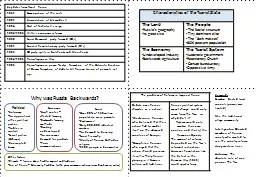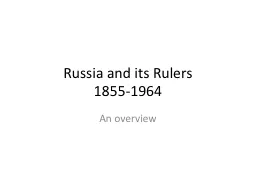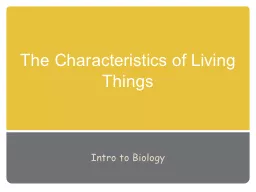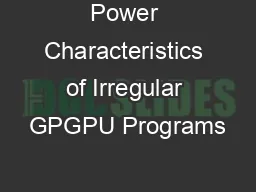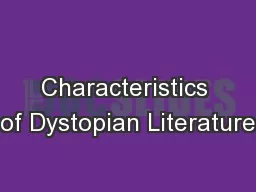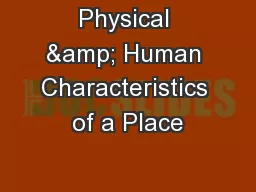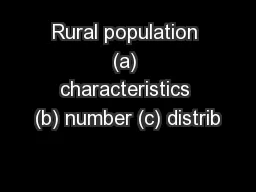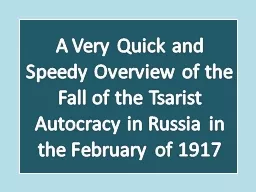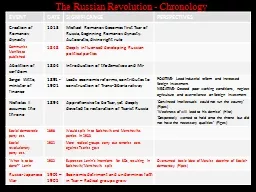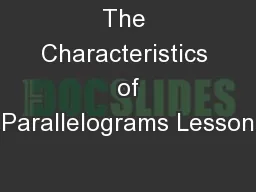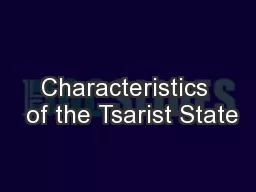PPT-Characteristics of the Tsarist State
Author : conchita-marotz | Published Date : 2019-11-07
Characteristics of the Tsarist State The Land Russias geography Its great size The People The Social structure Tiny dominant elite The dark masses 80 peasant population
Presentation Embed Code
Download Presentation
Download Presentation The PPT/PDF document "Characteristics of the Tsarist State" is the property of its rightful owner. Permission is granted to download and print the materials on this website for personal, non-commercial use only, and to display it on your personal computer provided you do not modify the materials and that you retain all copyright notices contained in the materials. By downloading content from our website, you accept the terms of this agreement.
Characteristics of the Tsarist State: Transcript
Download Rules Of Document
"Characteristics of the Tsarist State"The content belongs to its owner. You may download and print it for personal use, without modification, and keep all copyright notices. By downloading, you agree to these terms.
Related Documents

